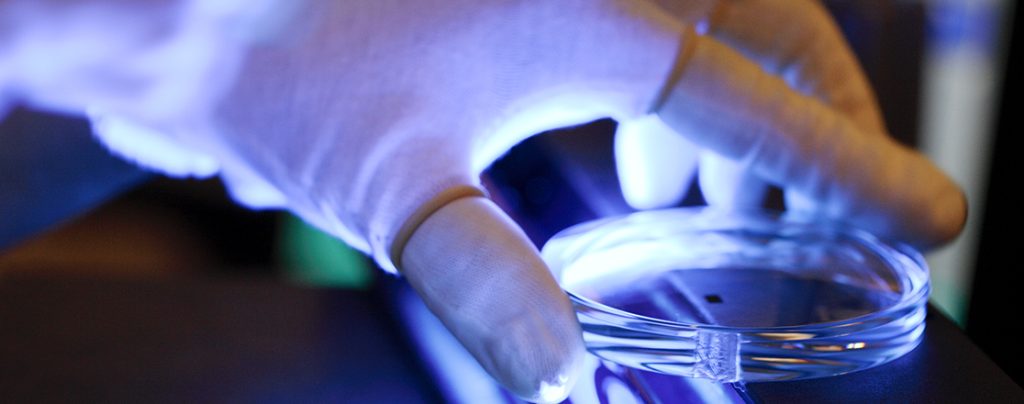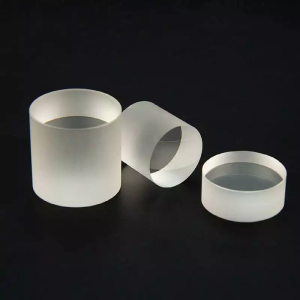Antireflection film, also known as antireflection film, its main function is to reduce or eliminate the reflected light on the optical surface such as lens, prism and plane mirror, so as to increase the light transmission of these elements and reduce or eliminate the stray light of the system.
Antireflection film is an optical film with the widest application and the largest output. Therefore, it is still an important research topic in optical film technology. The research focus is to find new materials, design new film systems, improve the deposition process, use the least number of layers, the simplest and most stable process, obtain the highest yield and achieve the best effect.

application of Antireflection film
Antireflection film is an optical coating with a wide range of applications. It is widely used in daily life, industry, astronomy, military science, electronics and other fields. With the development of electronic industry and computer, anti glare and anti-static film of display and computer video protection screen have become new application fields of antireflection film, which has broad market prospects. It can not only effectively improve the conversion efficiency of battery, but also improve the mechanical, electrical, optical and other physical and chemical properties of matrix. [1]
Application in solar cells
Silicon material is a kind of semiconductor material. The principle of solar cell power generation is mainly to use the photoelectric effect of this semiconductor. Silicon has a large refractive index, and a large part of the light irradiated on the silicon surface cannot be fully absorbed, but is reflected. In order to minimize the reflection loss, one or more layers of antireflection film with refractive index and thickness matching with the battery can be plated on the battery to improve the conversion efficiency of the battery
Over plating antireflection film can increase the light transmittance and improve the efficiency of the battery. Porous silica antireflection film can not only improve the conversion efficiency of the battery by 5% ~ 6%, but also improve the crack strength of the matrix; Silicon nitride antireflection film improves the conversion efficiency of the battery to 16.7%. The film has good compactness and can passivate the defects on the surface of silicon wafer; Titanium dioxide and zirconia antireflection films can improve the alkali resistance, water and moisture resistance of glass matrix.
development direction of Antireflection film
Antireflection film is an optical film with the widest application and the largest output. It is still an important research object in optical film technology. Its existing problems include:
(1) Although the antireflection film has certain mechanical properties, chemical properties, corrosion resistance and acid and alkali resistance, the utilization rate of the antireflection film is not high for solar cells working outdoors for a long time;
(2) The performance of doped antireflection film needs to be further improved. Improving the conversion efficiency of the battery can not only improve the efficiency of the battery by plating one or more layers of antireflection film with refractive index and thickness matching the substrate, but also by reducing carrier loss technology, reasonable design and fine fabrication of electrodes, reducing the internal resistance of the battery and making velvet on the surface of the battery. Therefore, further improving the performance of antireflection film and improving the preparation process are the research focus of antireflection film in the future.
The research direction of antireflection film includes the following aspects:
(1) Looking for new materials and designing new membrane systems;
(2) Improve the deposition process and obtain high-performance films with the least number of layers and the simplest and most stable process;
(3) Explore the preparation of more kinds of doped antireflection films, and study the effect of doped antireflection films on the conversion efficiency of solar cells. It is believed that the antireflection film will have broad application prospects through in-depth and detailed research.



